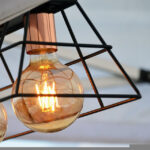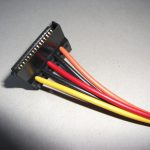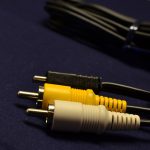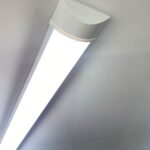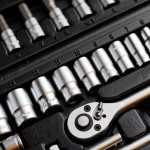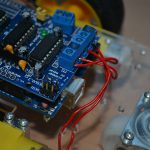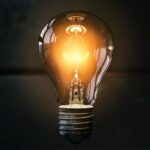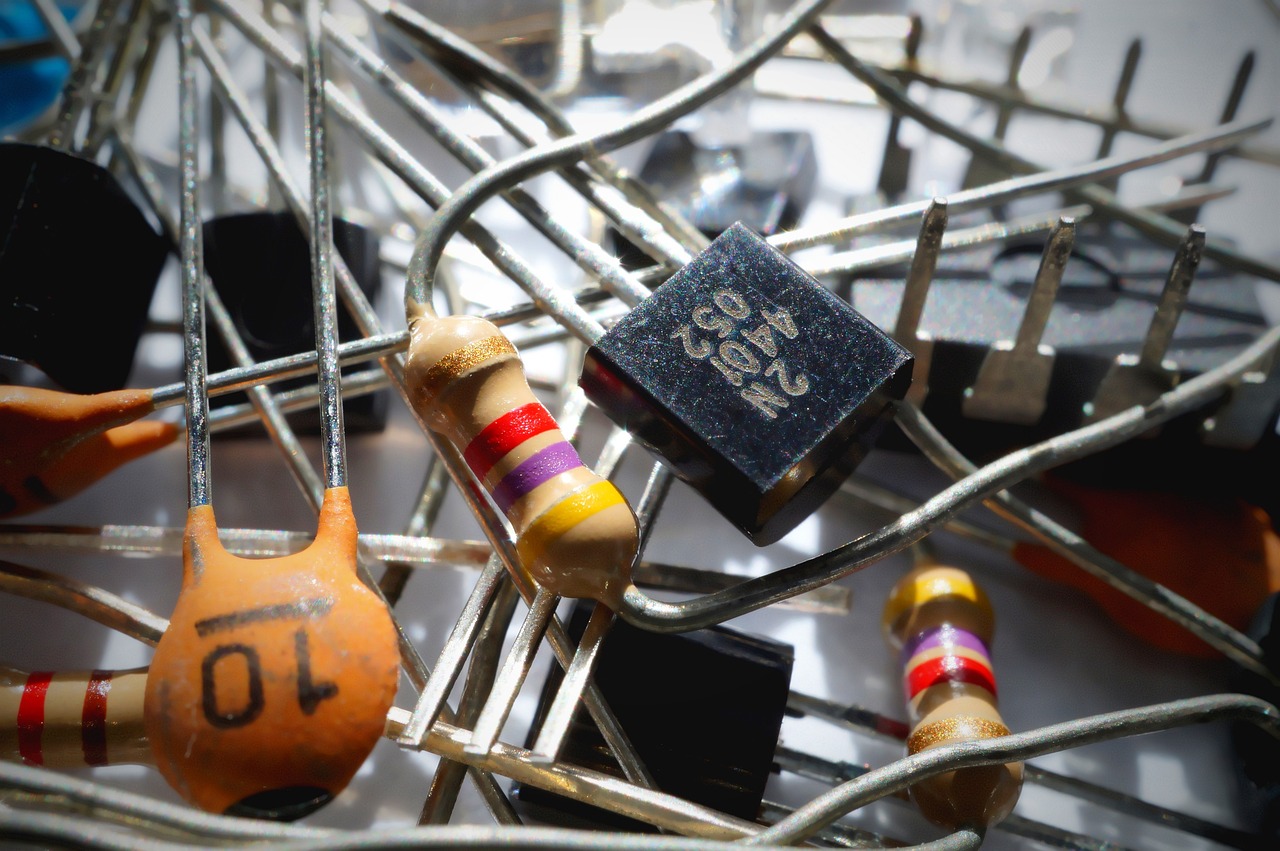
What are the electronics components?
These are the basic building blocks of electronic circuits and are widely used in all electronic gadgets and systems. Actually, electronics components and electronics elements are two different things. Some people confuse these two physical entities. Electronics components always have terminals and lead; all these terminals connect with each other and form a network. This enhances the flow of current and builds a circuit. Such electronic circuits perform any sort of function for which they are designed. Sometimes, these are used in audio-video devices, networks, amplifiers, robotics, oscillators, receivers, communication devices, and all other electronic machines.
Different types of electrical components:
In order to learn more about electronics components, one first needs to understand the basics of electronics. In the second step, the electronics designs come with an understanding of the principle of design. Electronics components are the same as the blocks of the great pyramid; when we join them, ultimately, we get a big circuit-like pyramid.
Here, in this article, we have made a list of the top 14 basic electrical components.
Motor: This is the basic component that converts electrical energy to mechanical energy. A large number of devices use motors and are being used in the devices and machines. Usually, a motor contains a few basic blocks, and here are these;
- Rotor
- Conduit box
- Bearings to reduce friction
- Stator
- Enclosure
If we compare motors with other devices, motors are more efficient in providing energy. On the other hand, hydraulic and pneumatic gadgets are slow and less efficient in providing energy. This is the reason that motors are fast, prominent, and efficient among all their counterparts.
Battery: Other very common and widely used electronic components that help all the devices in providing the electronic flow, charge, and push the current to pass through the circuit. It contains electro-mechanical cells and is considered the best source of electrical energy in small to medium-scale circuits. An anode as a positive and cathode with a negative charge is being used in the batteries. In batteries, an electrochemical reaction is happening and makes them able to provide power to an external circuit. This chemical reaction passes the current by creating the charge and starts the flow inside the circuit. Batteries store electrical energy in two types of cells inside them.
- Rechargeable cells
- Non-rechargeable cells
These are two different types of cells used inside mobile and other devices. Rechargeable cells are known as primary cells, and non-rechargeable cells are known as secondary cells.
Transformers: DC to AC and vice versa devices; this converts the current levels for a circuit. There are the following basic components in it;
- Coils
- Iron cores
When we talk about the working principles, coils of wire are connected with an iron core, and this converts the electrical energy among circuits. There are different types of transformers, power transmission transformers, autotransformers, and generator setup transformers. In addition to this, there are auxiliary transformers and custom on-demand transformers. When transformers are transferring power among circuits, they retain the frequency.
Relay: Next important electronics component is the relay. In the past, these were known as amplifiers. These amplifiers were used in telegraph circuits of long distances. If we say these are low-power, electro-mechanical signal switches and contain a series of electronic contacts, this would be the best explanation.
Relays have magnetic connectors inside them and use for large connections. Relays close the connections of circuits that are open in a circuit.
Resistors: Most common type of component that is being used in all sorts of circuits is a resistor. In layman’s terms, as its name shows, this is some sort of resistance in the flow of current. The resistance unit is the ohm, and sometimes engineers want to resist the flow of current in a circuit. Add to this, some small circuits need a low voltage of current, so their resistor works. There are color combinations in resistors, and these combinations tell us about the resistance quantity. In electrical engineering, there is ohms law that tells much more about the resistance.
There is a different type of resistors, and basic understanding is good in the commencement of the engineering concepts. Here is the list,
- Fixed value resistor
- Variable resistors
- Resistors networks
So, these are three basic types of resistors.
Light emitting diode: Next basic component that everyone should understand when dealing with electronics components is the LED. They are reliable bulbs; as their name shows, they emit light. Add to this, this indicator light is used in all sorts of gadgets that have some sort of indication. Furthermore, its life is long, even decades. Most engineers use this LED for indication, and its brightness tells us about the flow of a current in any circuit. Next to this, small light indicators help in detecting the flow of current and make complex circuits easier to read.
Similar to all other electronic components, LED has several types; these are listed below.
- Dual in-line package – also known as DIP LED’s
- SMD – surface-mounted diodes
- COB – chip on board diodes
Capacitors: Sometimes, engineers demand to store a small amount of current within the circuit; we use capacitors. It would be better to say them small rechargeable batteries stand on the circuit boards. Similar to other components, capacitors also have a variety in their family.
- Variable capacitors
- Fixed capacitors
- Ceramic capacitors
- Electrolytic capacitors
- Film and paper capacitors
- Supercapacitors
- Silver mica capacitors
- Glass capacitors
- Tantalum capacitors
- Polycarbonate capacitors
Why do we store a small amount of charge in capacitors? This is the demand of a circuit; sometimes, circuits need it mandatorily.
IC’s Integrated Circuits: when we integrate several electronic components and work as an IC. It could be a resistor or transistor. So, it is obvious that ICs are integrated circuits and could be used as one component rather than using large circuit boards.
When lots of resistors or capacitors are used in a circuit, then one should replace them with one IC. This saves time for installation, saves space on the circuit board, and requires less time to connect with other components. Using one component against a series of other components is better, and it reduces the complexity of the project. Moreover, handling complex circuits become easier.
Similar to other components, ICs expand vertically in the following variants;
- Analog IC
- Digital IC
Engineers fabricate a couple of complex circuits inside one IC. Add to this; it is reliable, low cost, high operating speed, replaceable, and small in size.
Circuit Breakers: Mechanical switches retrain the surges and short-circuiting in electrical wirings and gadgets fitting. This protects the electrical circuits at one end and detects the overflow of current. They stop immediately if the current overflows. The circuit breaker detects a fault and any damage in the current flow automatically and doesn’t allow the current to pass further into the sockets. Coils in circuit breakers are;
- One closing coil
- One tripping coils
Add to this; circuit breakers contain the two types of connections. One connection stores the energy, and this is known as a moving connection. This can make and break the circuit. Add to this; fixed contact has a spring that retains the moving contact when its closes.
Additionally, variants of circuit breakers include the following;
- Single pole circuit breaker
- Double pole circuit breaker
- GFCI circuit breaker
- AFCI circuit breaker
Transistors: In complex electrical circuits, engineers use transistors. This is a complex electrical component, and these are mostly used in amplifiers. This act as a switch, and it has three pins. These three pins are also known as the layers and terminals. These are made up of semiconductors; this is the same as a switch in principles. One could manage the flow of electronic signals in circuits.
Like other complex electrical components, transistors also have 2 kinds.
- Bipolar junction transistors
- Field effect transistors
Inductors: It is the second most complex electrical component in the field of electronics. Most of the time, these are used in complex circuits and equipment. These are the coils that wound around different sorts of components. One never sees them on simple circuits and boards, but sometimes, complex structure designs have the symbol of the inductor.
They store electrical energy in the form of magnetic energy when current passes through the coil, from one end to the other end, and creates the magnetic field. Current pass through them from left to the right word. And its direction is clockwise in the majority of cases.
Its coils are the same as wire loops around a substance. Add to this; that its inductance is always directly proportional to the number of turns in it.
Engineers use them in TV, radio circuits, and tuning devices. Here are the few types of inductors;
- Air-Core inductors
- Toroidal inductors
- Laminated core inductors
- Powdered iron core inductors
Fuse: This restrains the power overload, a simple surge controller. It has a thread-like wire, and its temperature rises with the overflow of current. At a breakeven point, maximum power can pass through it, and it melts when power overflows. This thread-like wire is heated with the flow of current and only bears a specific amount of current flow. So, in layman’s terms, this is a device that restrains the overflow of power into the electronics circuits. This is also known as the heating effect of current.
Add to this, different sort of fuses has different power flow capabilities. Next, here is what a fuse includes.
- Metal-fuse elements made up of zinc, aluminum, copper, alloy, or iron
- Contacts on both ends
- Connections
- Body – a transparent glass made
There are fuse types based on their use and demand.
- DC fuses
- AC fuses
- D-type cartridge fuses
- Cartridge fuses
- High rupturing fuse
- High Voltage fuses
- Bolted type fuses
- Blow chip fuses
- Lead fuses
- Axial fuses
- Telecom fuses
- Very fast-acting fuses
- Pulse tolerant fuses
- A very fast-acting chip fuses
Where do we use fuses? These are used among many devices and houses’ wiring networks. Engineer them where a specific amount of flow is needed. Most of the time, motors, laptops, and other gadgets, contain a fuse in their power supplies. The sudden flow of high power current can fire or damage the gadget. For this reason, we need a fuse-in device that immediately stops the flow of current.
Wires and power cables:
Electrical wires and cables are the basic building block of the whole wires network in any infrastructure. It is not possible to connect lights with a switch on/off button without the use of wires and cables. Cables and wires connect the device with power flow, and these are essential for all sockets, switches and LEDs, and other device connections.
Distribution and transmission of power are only possible because of wires. In some infrastructures, multiple wires are required to install for huge current passages. For this reason, there are wires with different capacities of current flow. Different wires have different current flow capacities. What do a cable and wire include?
- Sheathing
- Conductors – copper
- Dielectric
These three things make a good wire or cable. There are wires variants on the basis of insulating wires count down. Some wire contains one insulation, two, or three even. Furthermore, wires tell about themselves through printed symbols on them and acronyms. Here are different types of cables;
- Residential cables
- Service drop cables
- Duplex cables
- Triplex cables
- Quadruplex cables
- Panel feed wires
- Non-metallic sheathed wires
- Single conductor wires
- Communication cables
- Coaxial cables
- Hardline coaxial cables
- Leaky coaxial cables
- Triax cables
- Twin-axial cables
- Twisted pair cables
- Unshielded twisted cable
- Shielded twisted pair cable
- Fiber optic cables
- Single-mode fiber optic cable
- Multi-mode fiber optics cables
- Direct buried cables
- Armored cables
- Metal clad cables
- Multicore cables
- Extension cords
- Ribbon cables
- Screened cables
- Single solid wire
- Submersible cables
Switches: Defining a switch in layman’s terms is easier as compared to its technical definition. Actually, a switch can break the flow of current, make it, and connect two conductors. Switch work as a bridge that connects two wire terminal ends and makes a flow of current. This supply of current is made, and options are set in a button. There are two options, one is switched on, and the other is switched off.
Same as with other electronic components, there is a large number of switch variants.
- Toggle switches
- Push button switches
- Selection switches
- Joystick switches
- Limit switches
- Proximity switches
- Speed switches
- Pressure switches
- Temperature switches
- Liquid level switches
- Liquid flow switches
- Nuclear level switches
In the end:
This article tells about the major basic electrical components of the electronics industry. After reading this article, one could understand the basics of electronics components and start his career in the electronics field. Add to this; the article is good for the students who are doing a simple first project in the field of electronics. All basic components explained in this article are essential to understand before jumping into this field. Whether you are working on small or complex structures, one sees all these components in the circuit diagrams. This starter kit helps all beginners at the time of commencement of electronic circuit design.






